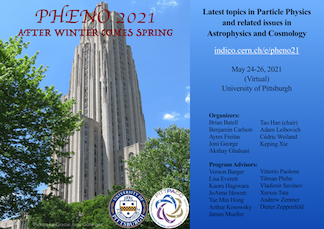Speaker
Description
In recent years the usefulness of astrophysical objects as dark matter probes has become moreand more evident, especially in view of null results from direct detection and particle production experiments. The potentially observable signatures of dark matter gravitationally trapped inside a star, or another compact astrophysical object, have been used to forecast stringent constraints on the nucleon-dark matter interaction cross section. Currently, the probes of interest are: at high red-shifts, Population III stars that form in isolation, or in small numbers, in very dense DM minihalos at z∼15−40, and, in our own Milky Way, neutron stars, white dwarfs, brown dwarfs, exoplanets, etc. Of those, only neutron stars are single component objects, and as such they are the only objects for which the common assumption made in the literature of single component capture, i.e. capture of dark matter by multiple scatterings with one single type of nucleus inside the object, is valid. In this paper, we present an extension of this formalism to multi-component objects and apply it to Pop III stars, as such, investigating the role of He on the capture rates of Pop III stars. As expected, we find that the inclusion of the heavier He nuclei will lead to an enhancement on the overall capture rates, and, as such, further improve the potential of Pop III stars as dark matter probes.
